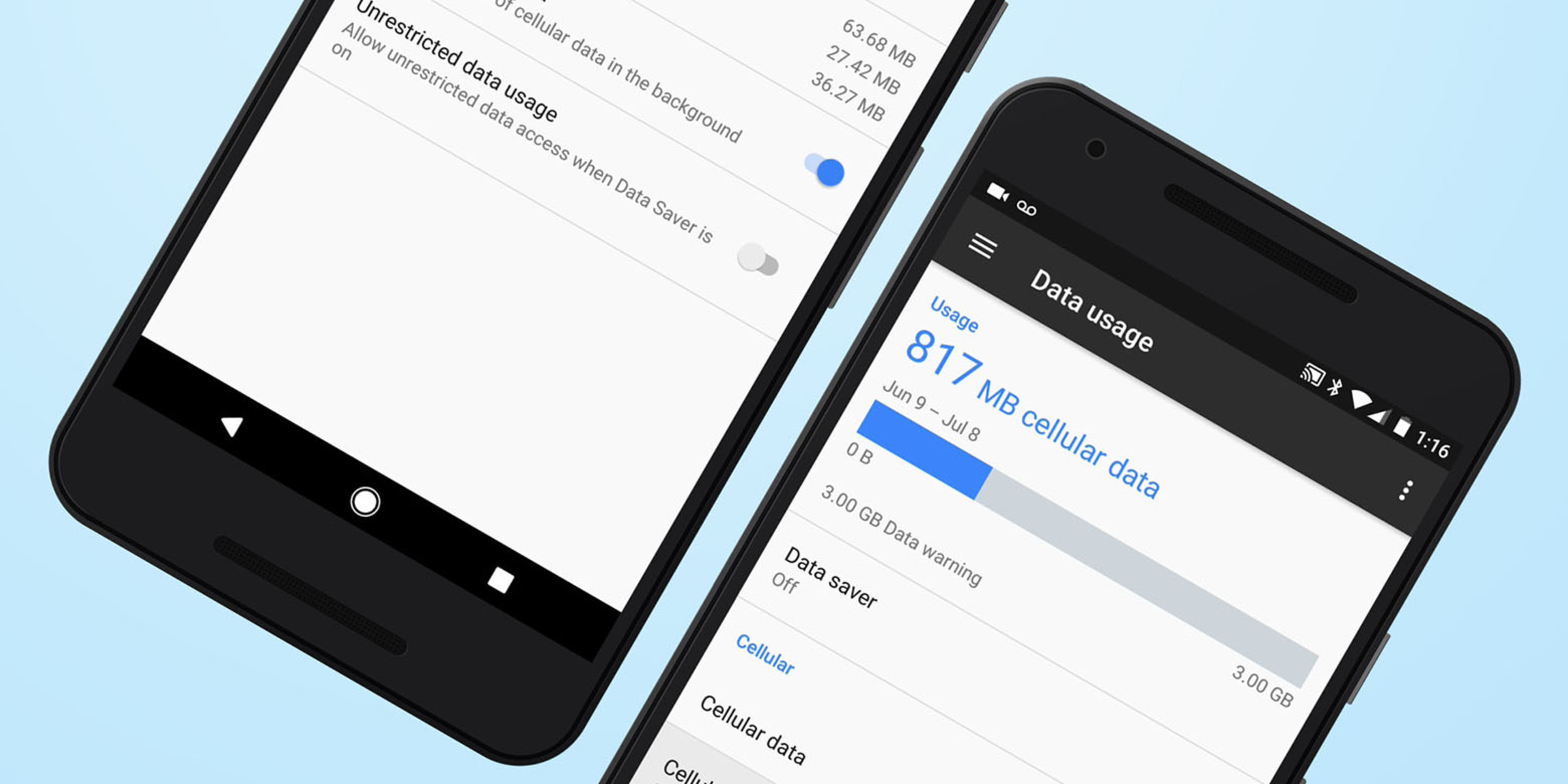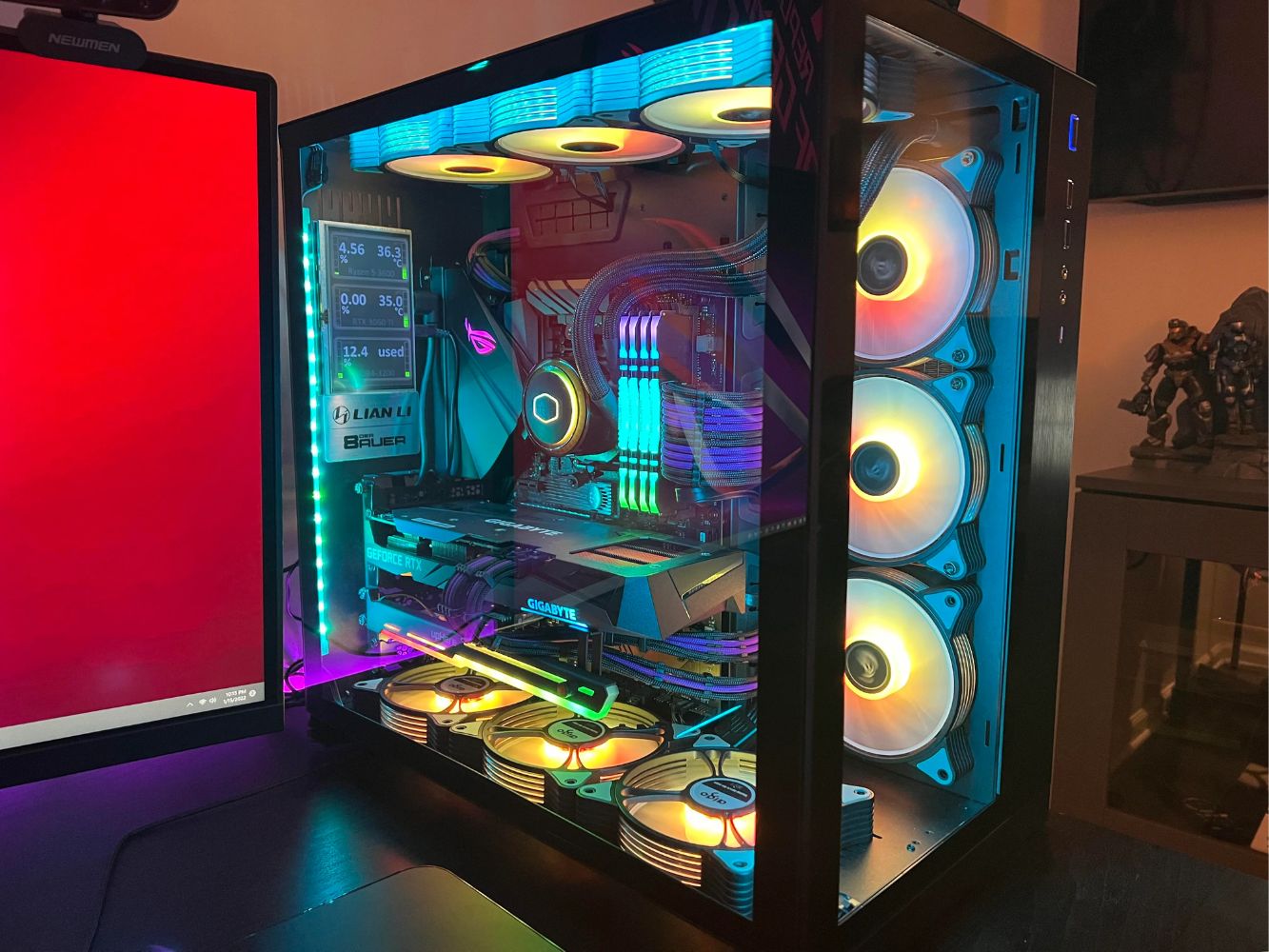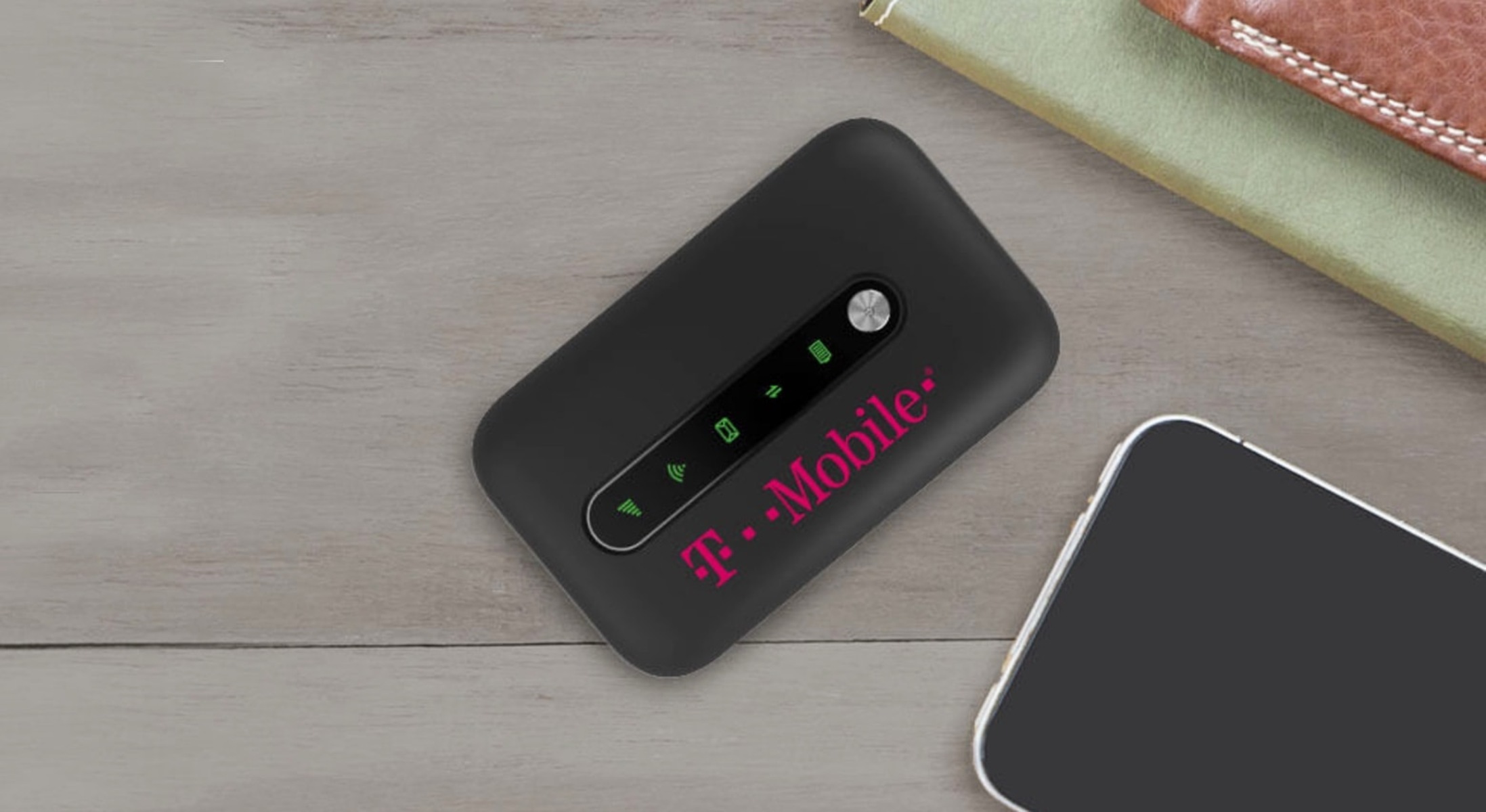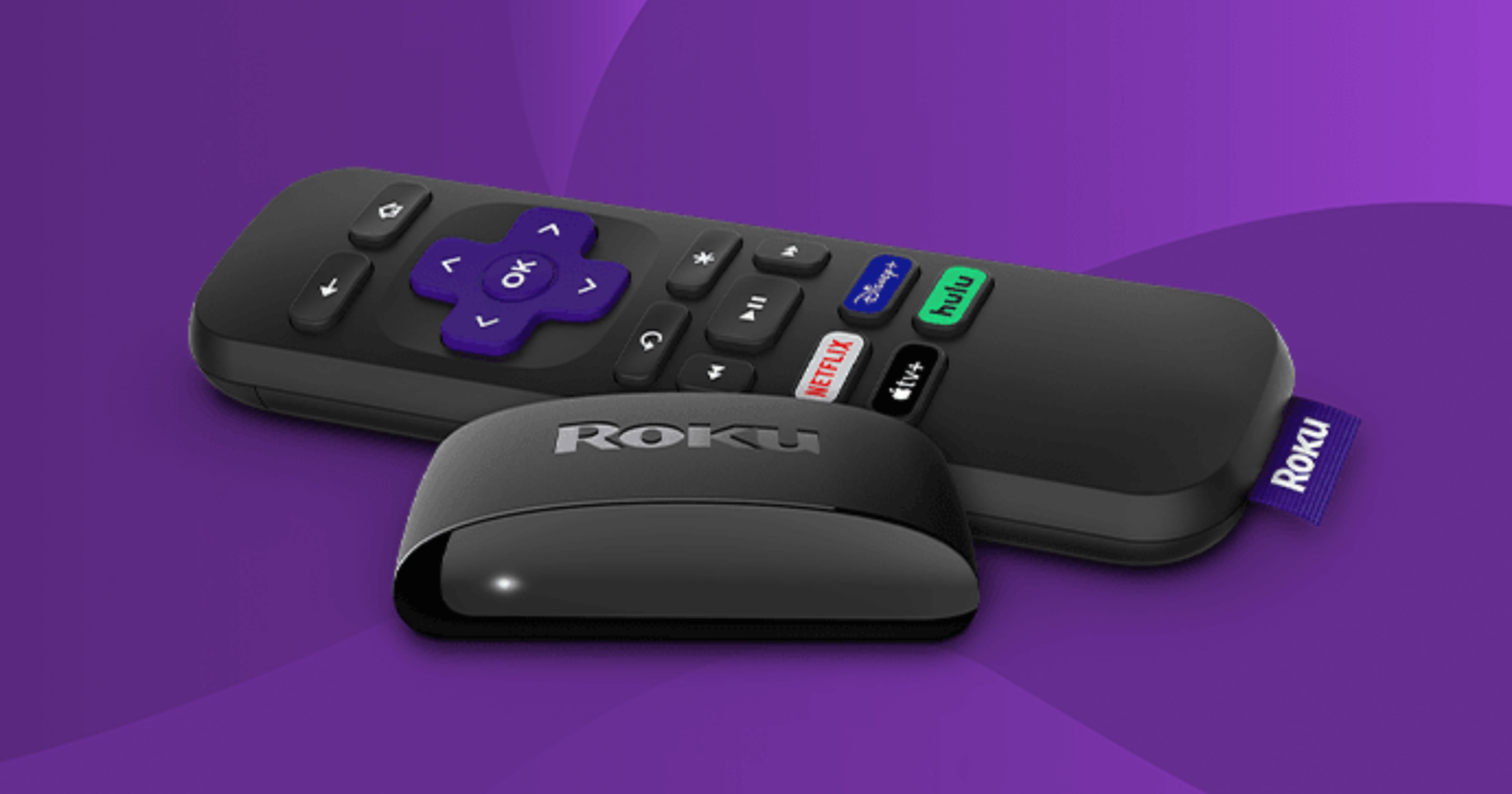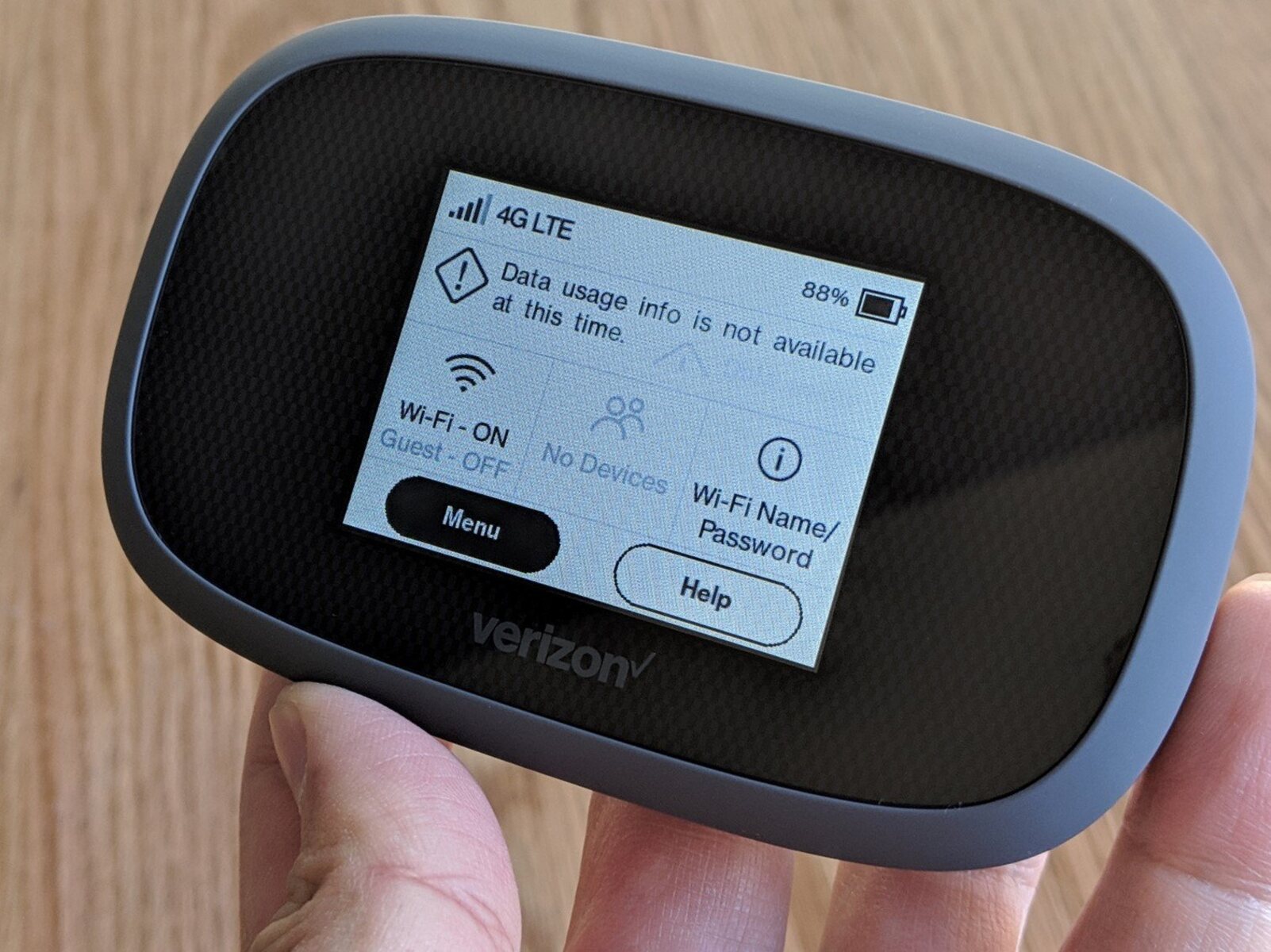Introduction
In today's digitally connected world, the demand for seamless internet access is ever-present. Whether it's for work, entertainment, or staying in touch with loved ones, having reliable and fast internet has become a necessity. As a result, many individuals and families rely on mobile hotspot data to stay connected while on the go or as a primary internet source at home.
However, the convenience of hotspot data comes with limitations, and one of the most common challenges users face is hotspot data exhaustion. This occurs when the allocated data limit for the hotspot is reached, leading to a significant decrease in internet speed or complete suspension of service until the next billing cycle.
Understanding the intricacies of hotspot data exhaustion is crucial for anyone who relies on this connectivity option. From the factors contributing to data depletion to the potential consequences of exceeding the limit, being well-informed empowers users to make the most of their hotspot data while avoiding disruptions.
In this article, we will delve into the complexities of hotspot data exhaustion, exploring its causes, effects, and, most importantly, effective solutions to mitigate its impact. By gaining a comprehensive understanding of this issue, readers will be better equipped to manage their hotspot data usage and ensure a consistent and reliable internet experience.
Understanding Hotspot Data Exhaustion
Hotspot data exhaustion occurs when the data limit allocated to a mobile hotspot device is depleted, resulting in a significant reduction in internet speed or a complete suspension of service. This limitation is an inherent aspect of using mobile hotspot data, and understanding the factors that contribute to its depletion is essential for effectively managing data usage.
Several factors can lead to hotspot data exhaustion. First and foremost, the number of devices connected to the hotspot plays a crucial role. Each device connected to the hotspot consumes a portion of the available data, and the more devices connected, the faster the data is used up. Additionally, the activities performed on these devices significantly impact data consumption. Streaming high-definition videos, downloading large files, or engaging in online gaming can quickly deplete hotspot data compared to basic web browsing or sending emails.
Another factor to consider is the settings and configurations of the connected devices. Automatic updates, cloud backups, and background app refreshes can consume data without the user's knowledge, contributing to faster data depletion. Furthermore, the quality of the internet connection can influence data usage. Unstable or weak signals may prompt devices to consume more data to maintain a consistent connection, leading to faster exhaustion of the allocated data limit.
Understanding these factors empowers users to make informed decisions regarding their data usage. By being mindful of the number of connected devices, the nature of online activities, and the settings of each device, users can effectively manage their hotspot data and avoid premature exhaustion.
In the next sections, we will explore the effects of hotspot data exhaustion and provide actionable solutions to mitigate its impact, ensuring a seamless and uninterrupted internet experience for hotspot users.
Effects of Hotspot Data Exhaustion
When hotspot data reaches its limit and becomes exhausted, the consequences can significantly disrupt the user's internet experience. Understanding these effects is crucial for hotspot users to anticipate and address potential challenges associated with data exhaustion.
-
Reduced Internet Speed: One of the immediate effects of hotspot data exhaustion is a noticeable reduction in internet speed. As the data limit is reached, the service provider may throttle the connection speed, resulting in slower loading times for web pages, buffering during video streaming, and overall sluggish performance for online activities. This slowdown can be frustrating, especially for those accustomed to seamless and fast internet access.
-
Limited Connectivity: In some cases, when hotspot data is exhausted, the service provider may suspend internet access until the start of the next billing cycle. This abrupt loss of connectivity can be highly disruptive, affecting work-related tasks, communication, and entertainment activities that rely on a consistent internet connection.
-
Increased Costs: Data exhaustion can lead to unexpected costs for hotspot users. Some service providers may offer the option to purchase additional data once the limit is reached, incurring extra charges. This can be an unwelcome financial burden, particularly if the user did not anticipate or budget for additional data expenses.
-
Impact on Productivity and Communication: For individuals using hotspot data for work or study, data exhaustion can hinder productivity and communication. Tasks that require internet access, such as accessing cloud-based documents, participating in video conferences, or conducting research, may be disrupted, potentially affecting deadlines and deliverables.
-
Disrupted Entertainment and Social Connectivity: Hotspot data exhaustion can also impact leisure activities and social connectivity. Streaming services, online gaming, and social media interactions may be compromised, leading to a less enjoyable and engaging online experience.
Understanding these effects underscores the importance of proactive data management and the implementation of effective solutions to mitigate the impact of hotspot data exhaustion. By addressing these effects, users can take steps to ensure a consistent and reliable internet experience, even when approaching or reaching the data limit.
In the following section, we will explore actionable solutions for hotspot data exhaustion, providing practical strategies to manage and optimize data usage effectively.
Solutions for Hotspot Data Exhaustion
Addressing hotspot data exhaustion requires a proactive approach to effectively manage and optimize data usage. By implementing the following solutions, users can mitigate the impact of data depletion and ensure a consistent and reliable internet experience:
1. Monitor Data Usage:
Regularly monitoring data usage is essential for staying informed about the amount of data consumed and identifying potential data-intensive activities. Many smartphones and hotspot devices offer built-in tools to track data usage, providing insights into which apps and devices are consuming the most data. By staying aware of data usage patterns, users can make informed decisions to adjust their online activities and prevent premature data exhaustion.
2. Optimize Connected Devices:
Limiting the number of connected devices and optimizing their settings can significantly reduce data consumption. Encouraging users to disable automatic updates, limit background app refreshes, and adjust video streaming quality can effectively conserve data. Additionally, educating users about the impact of connected devices on data usage empowers them to make conscious choices about which devices to connect to the hotspot and when to do so.
3. Utilize Data-Saving Features:
Many applications and devices offer data-saving features designed to minimize data usage without compromising the user experience. Enabling data-saving modes on streaming apps, web browsers, and operating systems can help conserve data, particularly when engaging in activities such as video streaming, web browsing, and social media usage.
4. Implement Data Management Tools:
Utilizing data management tools and applications can provide granular control over data usage. These tools enable users to set data usage limits, receive alerts when nearing the data threshold, and even block specific apps from consuming data. By leveraging these tools, users can actively manage their data usage and prevent unexpected data exhaustion.
5. Consider Unlimited Data Plans:
For users consistently experiencing hotspot data exhaustion, exploring unlimited data plans offered by service providers may be a viable solution. While unlimited plans may involve higher costs, they eliminate the risk of data exhaustion and provide peace of mind for users who heavily rely on hotspot connectivity.
6. Seek Alternative Internet Solutions:
In cases where hotspot data exhaustion frequently occurs, exploring alternative internet solutions, such as fixed broadband or fiber-optic connections, may be a long-term strategy to avoid the limitations of mobile hotspot data. Assessing the availability and feasibility of alternative internet options can provide a more stable and sustainable connectivity solution.
By implementing these solutions, hotspot users can effectively manage their data usage, minimize the risk of data exhaustion, and maintain a consistent and reliable internet experience. Proactive data management, informed decision-making, and leveraging available tools and features are key elements in addressing hotspot data exhaustion and ensuring uninterrupted connectivity.
These solutions empower users to take control of their data usage, optimize their online activities, and ultimately enhance their overall hotspot experience.










